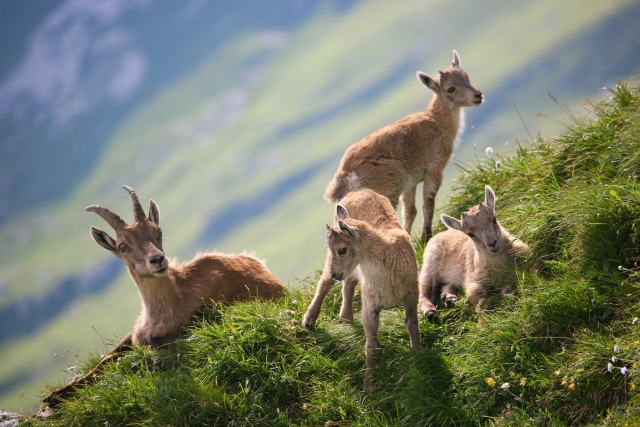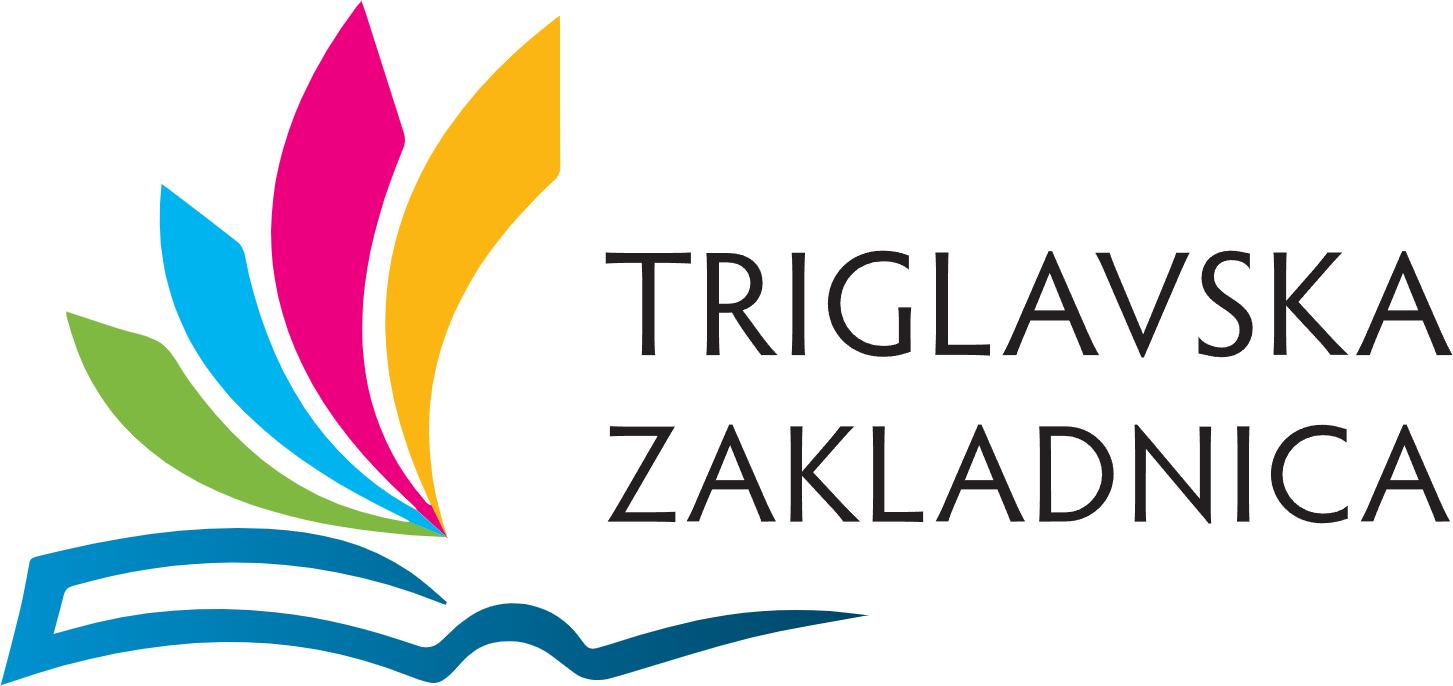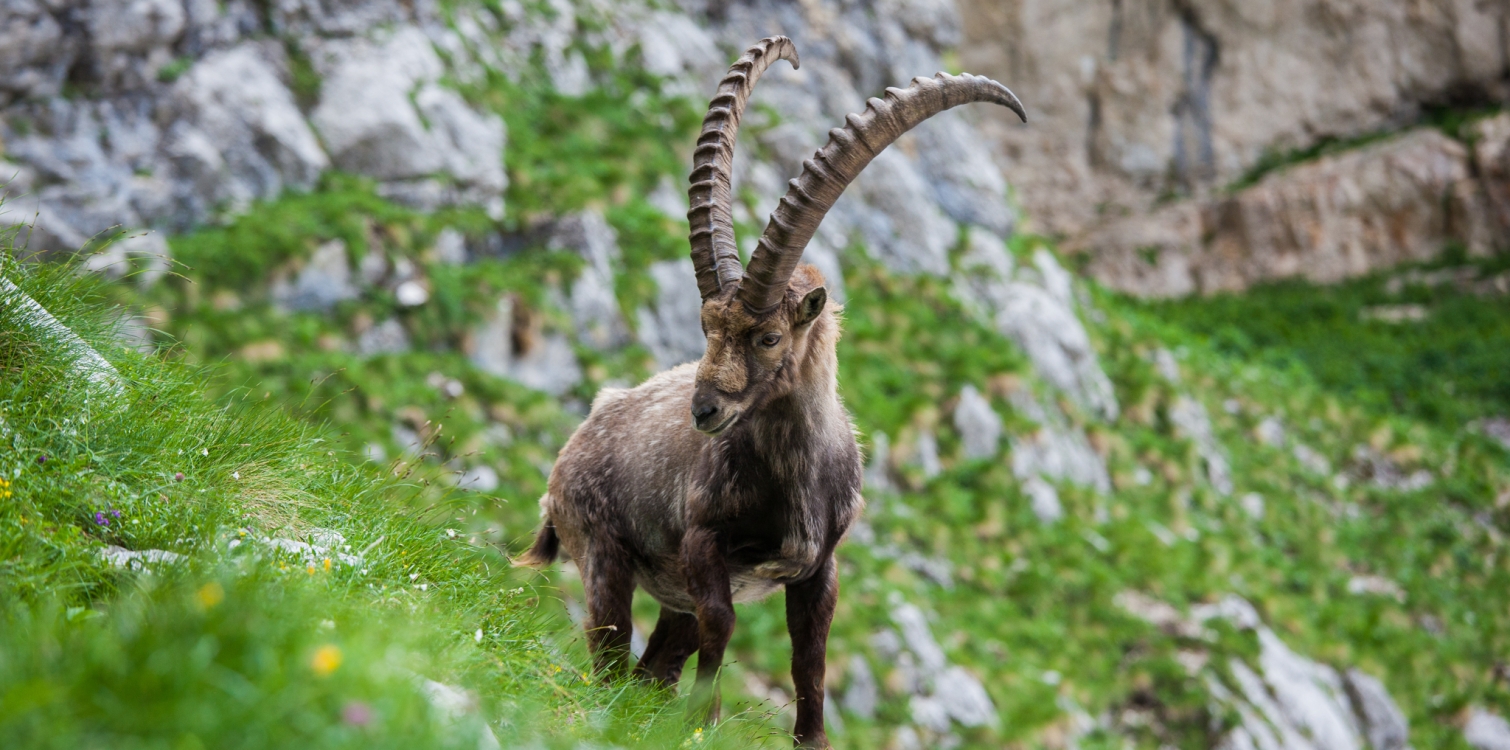
Alpine ibex (Capra ibex)
| Size |
|
| Weight |
|
| Nutrition |
|
| Habitat |
|
| Kingdom |
|
| Phylum |
|
| Class |
|
| Order |
|
| Family |
|
| Genus |
|
| Species |
|
Such horns do not shed and typically grow throughout the animal's life. In males, the horns are longer and stronger, measuring over 1 meter, while in females, the horns are shorter, up to 30 centimeters. The surface of a male Alpine ibex's horns is heavily ridged on the front.
These ibexes live in groups, although older males are solitary. Breeding occurs from late December to early January; the female gives birth to one or two cubs, and rarely three, after a gestation period of about five months. The cubs stand up soon after birth.

As the name suggests, Alpine ibexes inhabit the Alps of Slovenia, Italy, Austria, Switzerland, France, and Germany.
Due to hunting, this agile ungulate was nearly extinct in the 19th century.
It was reintroduced in our region by baron Julij Born, and all the Alpine ibexes living here today are descendants of those from the Gran Paradiso National Park in Italy.
DID YOU KNOW?
- The Alpine ibex can jump 2 meters in height and, with a run-up, up to 4 meters.
- Despite the similar name, the legend of the Golden Horn (Zlatorog) does not refer to the ibex but to the chamois!
- The Alpine ibex can successfully interbreed with domestic goats.
- In the Julian Alps, ibexes were reintroduced in 1965 in the Zadnjica Valley.
- The largest colony of ibexes in Slovenia is located in the area of Kriški Podi, including Pihavec, Bovški Gamsovec, Luknja, Sovatna, and Stenar.
Thank you.

